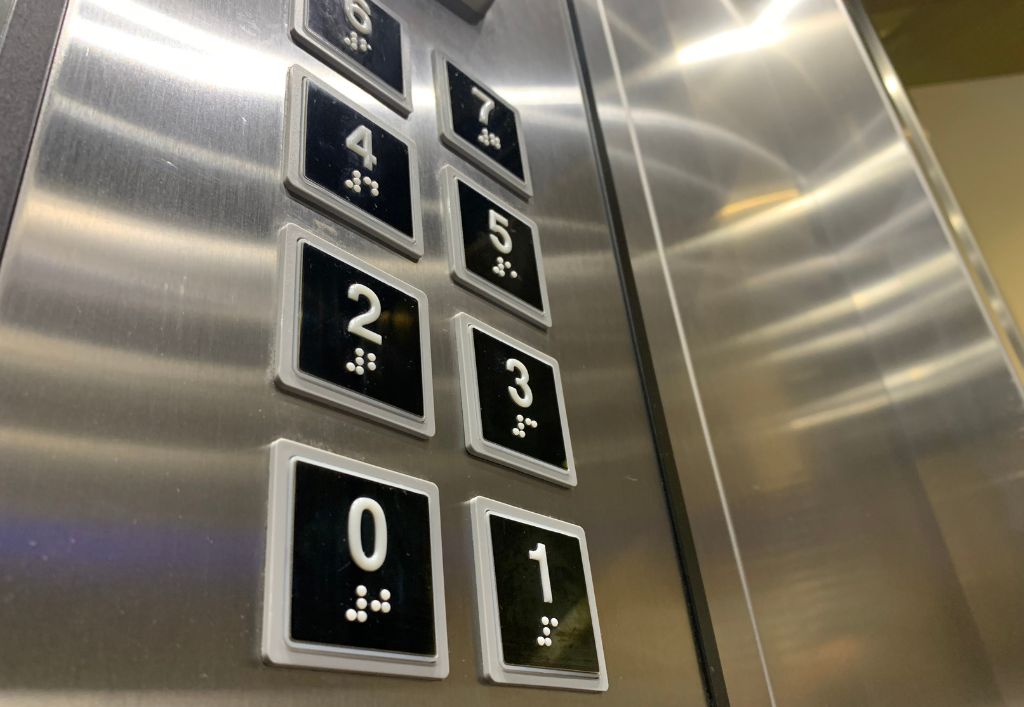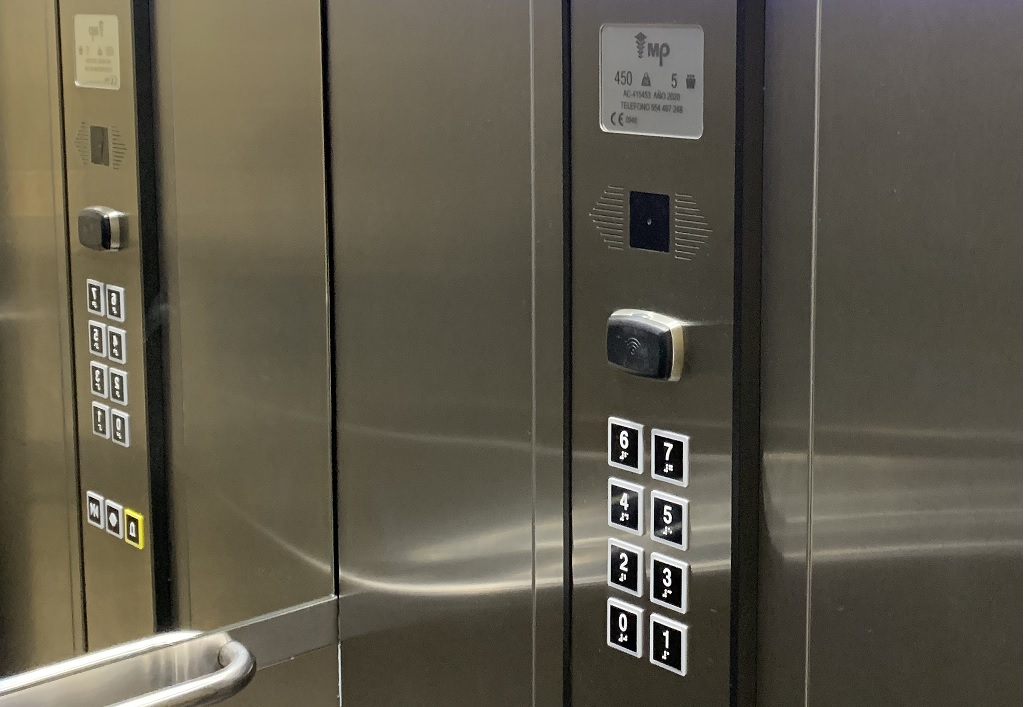World Braille Day: Accessibility in lifts
Leaving your house, going up to the fifth floor of the hospital where you have a doctor’s appointment, going shopping in a department store, going up to the branch office where you have to carry out procedures and administrative formalities, going down to the train platform or taking your suitcases to the hotel room where you will be spending your next holiday.
These are some of the day-to-day activities in which you are probably not aware of all the actions that have enabled you to overcome endless flights of stairs. And you may not notice one that is as internalised as blinking or breathing; taking the lift and choosing the floor you are going to by pressing a button.
But for blind and partially sighted people these “small gestures” can complicate their autonomy if accessible communal spaces are not planned. In them, Braille signage is essential to access information and services. Hence the importance of this 4 January, World Braille Day.
Thousands of residential buildings, offices, healthcare facilities, shopping centres, bus, metro, train or suburban stations, airports, public and private establishments have lifts in which the inclusion of Braille on their button panels is essential.
“Braille in lifts is essential for blind and severely visually impaired people”, says the Spanish Braille Commission, member of ONCE (Spanish Organisation for the Blind and Partially Sighted).
This is the only way to accurately identify a floor number, the alarm button in the event of an emergency or to keep the doors open, if necessary, quickly and efficiently.
Therefore, at MP Lifts, aware of the importance of leaving no one behind, we enhance accessibility in our equipment by developing and installing operating panels and pushbuttons with colour contrast, buttons with raised characters and Braille symbols or acoustic signalling with call registers, gong and voice synthesiser, among other measures.
For a world without barriers,
Happy World Braille Day ❤️




